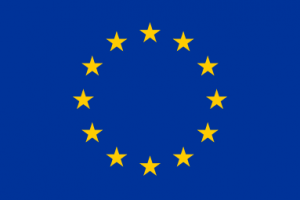FEDORA's work on the blind spots in science education has been summarised in these Learning Briefs, which present the work on Interdisciplinarity (WP1), New Languages (WP2) and Futurisation (WP3). They show the issue addressed, the framework showing the underlying principles and the working flow and recommendations.
You can download them here:
Learning brief on Interdisciplinarity
Learning brief on New Languages
Learning brief on Futurisation
The FEDORA partnership is inviting all professionals and researchers interested to the policy-oriented roundtable entitled “Proactive anticipatory policies on science education and sustainability” that will take place on Thursday, November 3rd at 4 p.m. Aula Prodi, Piazza di San Giovanni in Monte, Bologna.
The roundtable will be chaired by Dr Antti Laherto from the University of Helsinki and will consider the participation of:
Following the roundtable, the impact of FEDORA’s project on local and European policies will be discussed. The event will end with a social reception.
Before the roundtable, starting at 3 p.m., the participants are invited to visit the project’s exhibits and the poster session and discuss personally with the researchers involved.
Local policymakers such as mayors, council members, heads of schools and universities, researchers, and pre-and in-service teachers are particularly welcome to this event which aims at initiating synergies at local and European levels.
Registration to the event is free: https://forms.gle/g7dBGqqBUy5nuWMHA.
On Friday, November 4th, at the same venue, the FEDORA project will participate in the Conference on Interdisciplinarity in STEM Education organised by the IDENTITIES project. More information at this link: https://identitiesproject.eu/conference-on-interdisciplinarity-in-stem-education/
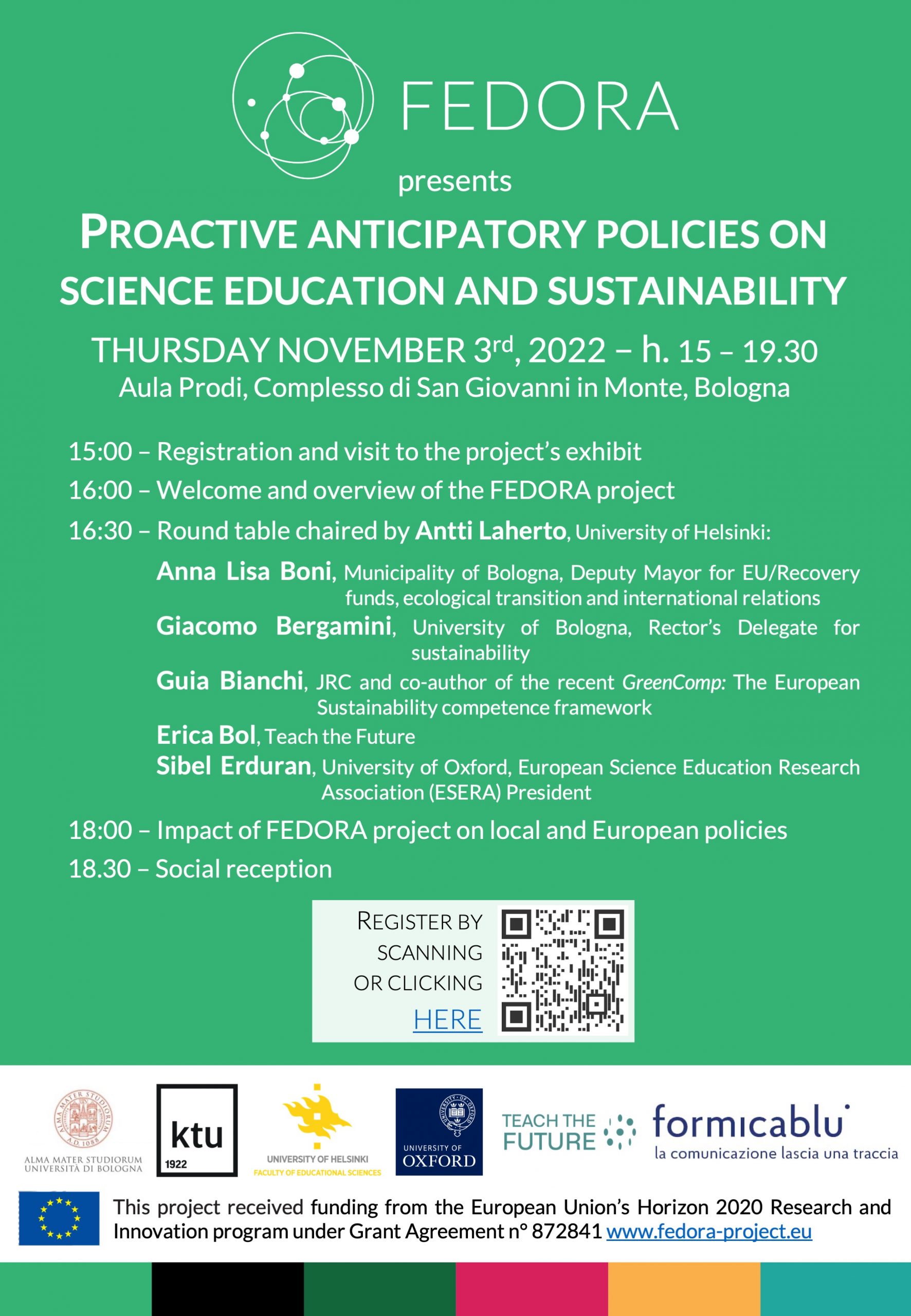
The vibrant city of Kaunas, 2002 European City of Culture and its Kaunas University of Technology hosted the first in-person meeting of the FEDORA project. After two years of online and very well-coordinated work, we had the time for conversations and dialogue face to face and this was celebrated by each of the participants. With 16 experts in the field of science education, the meeting went through a very content-rich agenda, prepared by FEDORA's coordinator Olivia Levrini and the hosts Raminta Pucetaite and Rimantas Rauleckas, from the Faculty of Social Sciences, Arts and Humanities.
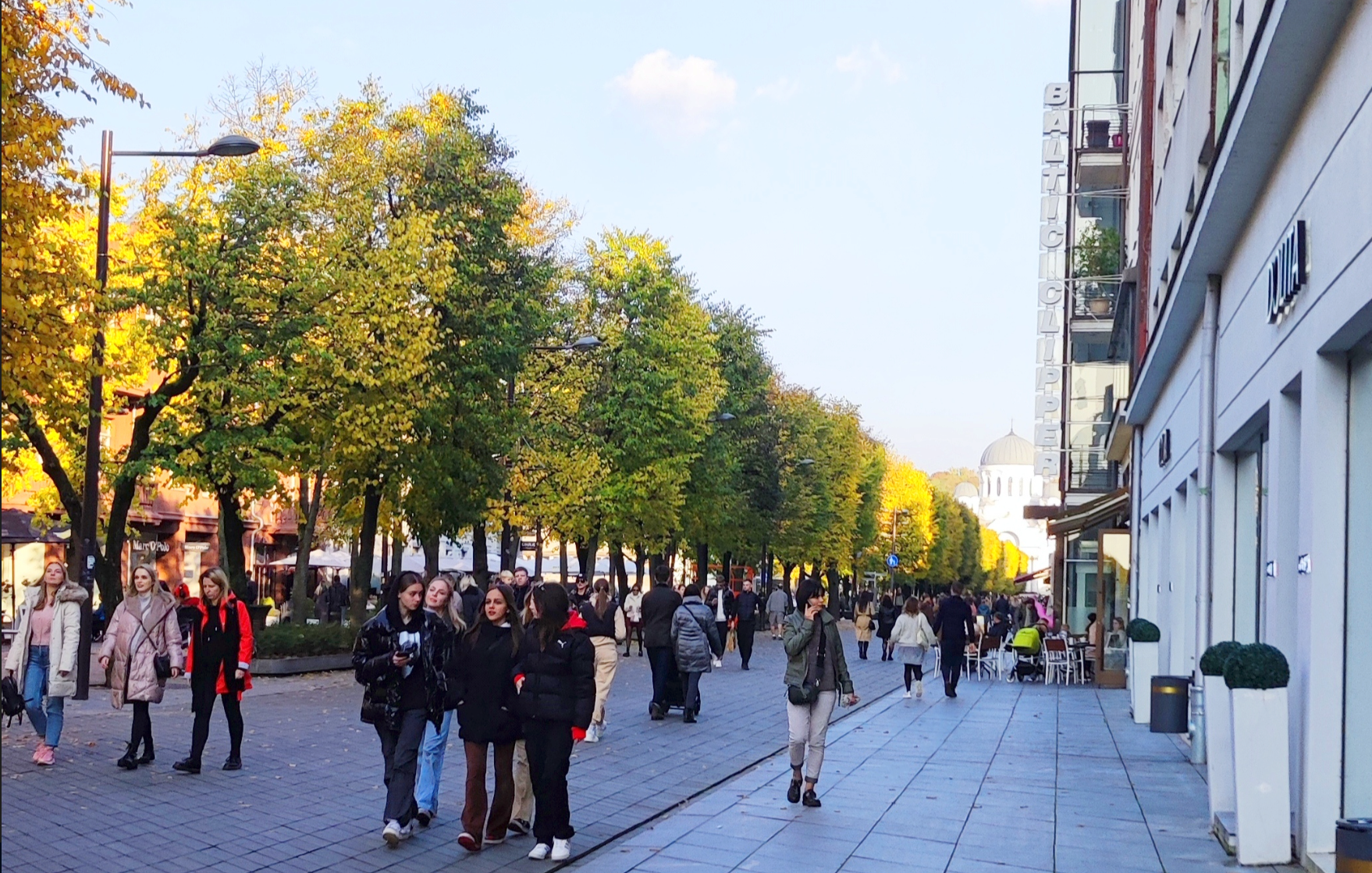
The main topic of the meeting was to craft a common vision and a clear path for the results we want to achieve during the last year of the project. An important milestone is ahead of us: On the 3-4 of November, in Bologna, we will hold our first policy event and in May next year, we will share the final outcomes at the FEDORA Conference in Brussels. The contents and the way we will share them were the main themes of the discussions. And of course, the desired futures for the project were part of them as well.
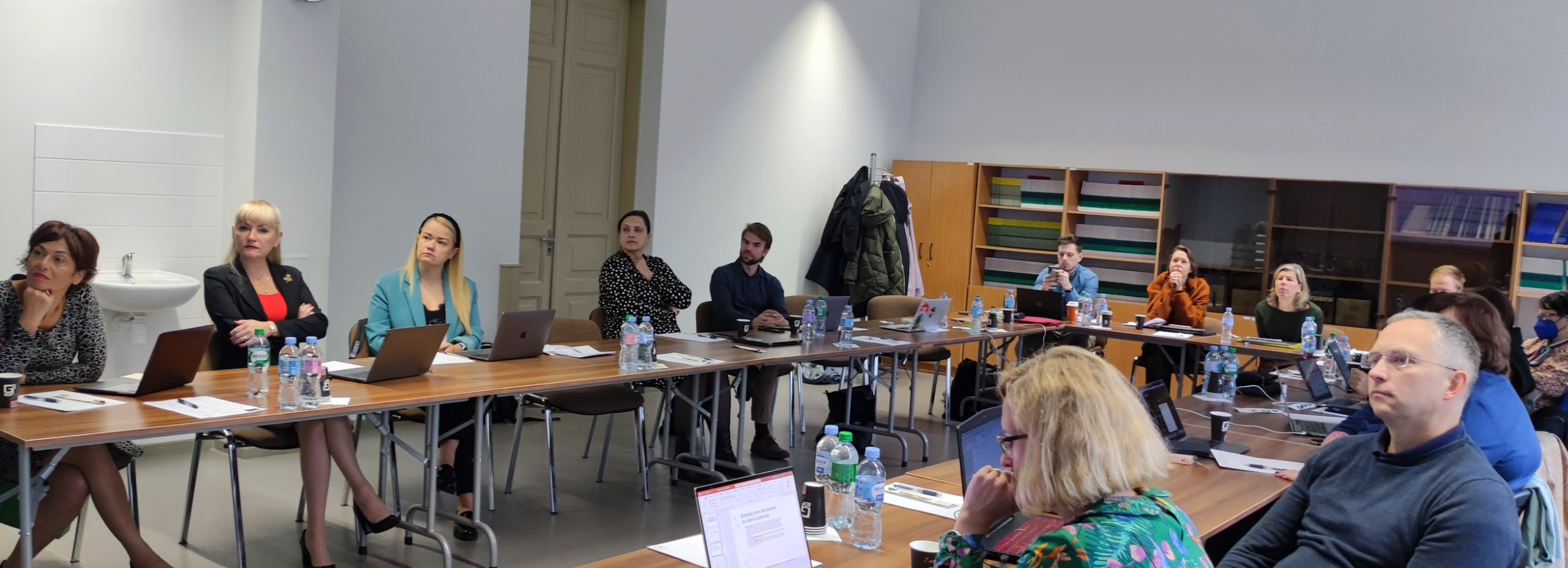
The agenda included a visit to the Čiurlionis National Art Museum, where fiction, metaphors and sharp messages about these times melted in compelling works of art.
PHERECLOS was a shipbuilder in Greek mythology, whose fleet helped to cross unknown passages in the Mediterranean Sea and combat foreign enemies at the time of ancient Greeks. In modern times, an asteroid was given the name of this Greek artisan, a Jupiter trojan in a far-afield orbit around the sun.
This was the 3-years guiding image that brought together the 15 partner organisations into a united but diverse vision of how to support the Open Schooling movement in the PHERECLOS EU project, funded by Horizon 2020. The project was aiming to combine the incubatory role of Children’s Universities with the understanding of Science Capital and a commitment to an Open School culture. All PHERECLOS partner organisations have long-lasting experience in these fields and cover relevant views on these issues from different stakeholder perspectives.
Its final conference was hosted by the National University of Agronomy USAMV in Bucharest, Romania, between 7-9 September. Keynotes, workshops, open spaces and overall a very open and reflective atmosphere were backstage for these 3 days of inspiration and practical learning. The networking opportunities and the fact of having so many open schooling practitioners were two relevant aspects that brought us FEDORA, to Bucharest. We also showed some of our metaphors through our printed posters and postcards and shared the freshly-launched manifesto. We participated in two workshops as well, sharing closely with other participants representing schools and universities: Empowering scientists and scholars for OS. Sharing practices, and discussing problems led by Paola Rodari, from Sissa Medialab in Trieste Italy and Parental Engagement through STEAM, led by Judit Horgas, from Parents for Science Association.
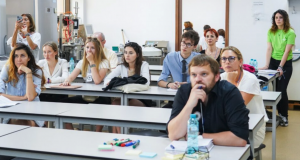 (Source: www.phereclos.eu)
(Source: www.phereclos.eu)
The first keynote “Another brick in the wall” presented by Claudia Aguirre, director of Traces Association in Paris, France, stressed the importance of relevance, as a driving force for commitment, collaboration and transformation. The second keynote was held by Peter Gray. In his “Precise but vague: the European Commission and its educational interventions, 2007-2022” talk, he challenged the audience with some insights about the impact of the EC intentioned support for more than a decade and how the field has now well-connected actors, experiences, experts ready for the awaited transformations.
The project has a myriad of resources on its website and launched a content-rich White Book on Open Schooling: A reference guide https://www.phereclos.eu/wp-content/uploads/2020/10/PHERECLOS-WHITE-BOOK.pdf
‘Let’s explore the future, it is unknown and exciting’ - quote from a workshop in Breda, NL.
We are delighted to share our Manifesto for Future-oriented Science Education! In this 7-page document, you will find 10 recommendations to set the tone and foster future-oriented discussions and spaces, especially in your classroom. You will also get familiar with the context that explains why FEDORA has been busy thinking, reflecting and researching what can make education in science more in tune with the future.
Future-oriented science education manifesto PDF
Futures-oriented science education manifesto _ Printable version
We recognise a significant overlap exists between futures thinking skills and scientific competencies, such as problem-solving and critical and creative thinking. However, extending the scientific competencies with additional skills related to futures thinking, like time perspective, agency beliefs, openness to alternatives, systems perception, and concern for others, will further enrich science education and prepare students for tomorrow. This is our take on this and we extend the invitation to open spaces for dialogue about these topics. Watch our animations that will further support these conversations: Teach the future!
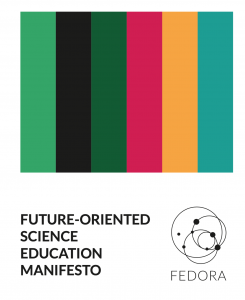
Computational simulations are fundamental tools not only for scientific research but also for education. They are frequently used as virtual laboratories to foster students’ understanding of the theoretical concepts that lie at the basis of the simulated systems. Recent research works in STEM education have started to explore the potential of simulations as future-oriented objects, to support students in the development of future scenarios for real-world situations.
In a recent paper published on Frontiers, for the special issue on Future-Oriented Science Education for Agency and Sustainable Development, Eleonora Barelli, post-doc researcher at the University of Bologna, presents a teaching-learning module targeted to upper high-school students on simulations of complex systems. Following the core ideas of the FEDORA project, the peculiarity of this course is that by guiding the students through the conceptual and epistemological analysis of some computational agent-based models, the author was able to ground on these disciplinary bases the introduction of key concepts of the futures studies, like that of scenario.
This paper addresses an original future-oriented activity in which the students were required to choose an urgent problem of their interest, imagine possible and desirable scenarios based on a simulation and identify the sequence of actions to be undertaken to reach the preferable future. In presenting the results of the module’s implementation, the focus is narrowed down to two groups of students who spontaneously decided to address a problem related to the current educational system.
From the analysis of the students’ discourses, it is shown how the students suffer a great problem of anxiety about their school performance and imagine that this can be mitigated in the school in the future. They see the importance of the role of technology in school innovation but also that no innovation is possible if school knowledge is not re-thought of its times and forms. The students dream about a school as a place for relationships and that can become at the centre of the youngsters’ routine. In particular, students deeply recognize the power of their own agency and that of their teachers in the process of school transformation and hope that the tragedy of a pandemic can be transformed into an opportunity to trigger change.
However, the school that the students imagine as their desirable one is not idealized as a utopia. The participants were able to see a scenario - even the preferred one - as a complex interaction of many stakeholders and as a tension between opposite interests that the different agents have regarding a topic. The scenarios envisioned by the students are authentically sustainable.
Read more about the methods and findings of this study in the research paper “Imagining the School of the Future Through Computational Simulations: Scenarios’ Sustainability and Agency as Keywords”.
Photo by Annie Spratt on Unsplash
This is a story about an event that happened not so long ago, which ripples are reaching further...Let's recap. Thursday, May 19 at the scientific “Liceo” A. Einstein in Rimini: the final event of a laboratory “Quantum Atelier” took place. The project was born as a result of the PLS – Piano Lauree Scientifiche – a course on the Second Quantum Revolution hosted by the high school and the need of finding new languages, in particular, evocative, personal, and new artistic forms to "talk" about the two quantum revolutions. The Quantum Atelier involved six students in their last school year and four teachers of different disciplines that gave rise, in full FEDORA style, to a model of relationship that has allowed to break down the institutional and emotional barriers that sometimes make the interaction between teachers of different disciplines and between teachers and students very complex and demanding. Furthermore, the Quantum Atelier challenged and paved the way to rethink the standard way to conceive the arts as a tool to communicate science, breaking this functional relationship and opening the possibility to design languages and aesthetics in which the first purpose is not to teach content but to foster a mutual enrichment that poses new questions to rethink this relationship.
The day, which was also the final event of the Italian quantum week organised by the Department of Physics and Astronomy, lasted two hours and included several speakers in its programme. After a presentation of the Italian Quantum Week by theoretical physicist Elisa Ercolessi, Francesco Minardi, an experimental physicist at the University of Bologna, presented the passage from the first to the second quantum revolution following one of the two greatest mysteries of quantum physics, the entanglement. After the introduction of the project FEDORA by Sara Satanassi, the stage was left to the protagonists: first teachers Maurizio Giuseppucci (teacher in Italian and Latin), Michela Clementi, Paola Fantini, and Fabio Filippo (teachers in Mathematics and Physics) who presented the Quantum Atelier as an experience, and then to the students who presented the works.
The Quantum Atelier has marked a step forward for the FEDORA project and we will continue to work with teachers and students to rethink new languages and extrapolate the model of interaction and relationship implemented.
Soon it's going to be a year since we had the opportunity to listen and talk with Andri Magnusson, the Icelandic writer who has taken as a personal quest the protection of glaciers by employing a very simple yet powerful and deep tool: language and narratives. His last and most famous book, "On time and water" conveys a collection of messages, stories and knowledge from unknown times that flow together as in a river, making our understanding blossom and provoking a sense of strange-making that feels familiar. And here I say "feels" because, through his words, data becomes much more than a number, but a call to action, a pair of hands shaking our shoulders, an awakening light. The melting glaciers, our sleepy answers to what nature is showing us, and our inability for a radical decision to make the temperature sink are some of the pictures we face while reading his stories.
Andri reflects on this lack of languages, which is making us pay a high price: the apathy and lack of empathy can be explained by a lack of understanding and therefore, his claim for new languages is as loud as the one made by Aldo Leopold a century ago. Leopold could also perceive that our comprehension of cranes and their cry, a trumpet in the orchestra of evolution, was limited and that cranes were symbols of our untamable past. Contemporary artist Christine Sum Kim's huge drawing at the MoMa in NYC, "The sound of temperature rising" also pulls our attention to sounds we are ignoring. Are we losing our hearing capacities as well?
With glaciers being sacred cows, and rivers seen as nurturing milk, Andri invites us to wrap ourselves in the universal blanket of stories, not to bring us to bed but to awaken our hearts and refresh the sense of urgency.
In FEDORA's mid-journey, we have invested time in talking about the gaps and misalignments we see, these unfilled empty holes, the new languages we need to give existence to the set of skills that will help us enhance the comprehension of our powers for shaping the present and the future. People don’t always understand data, but they always understand stories, a scientist told Andri. We are bringing our creative powers into craft work, so we contribute to stories that will be told, heard and embodied by teachers, students and us, researchers.
The interdisciplinary, imaginative, future-oriented nature of the FEDORA project, together with its aim to develop new narratives for science education, were the issues that pushed us to bring together the second quantum revolution with one artistic expression. We proposed a creative writing workshop to a group of 14 upper secondary-school students. They were introduced to the relationship between science and literature and they had to produce a final piece of writing: this allowed us, not only to understand the engraftment of epistemic concepts and new knowledge related to the scientific content at stake, but also to investigate the emotions that arise from being immersed in a time of changes, that we have defined as scientific-technological, social, but also and above all cultural and conceptual.
The request for the production of the written works, therefore, took place downstream of a very rich disciplinary part that started with the history of classical computers and arrived at the inclusion of quantum computers in our contemporary social context, where nations are mobilizing in order to prepare enormous funding for the technological development as a function of what has been called "quantum supremacy". Then, the students were introduced to the quantum language and logic as tools that allow understanding of how the circuits of these new computers work, as well as the applications that will probably be protagonists of our future-present, such as teleportation and quantum random walk, which exploit physical properties such as the superposition principle and quantum entanglement.
In order to prepare students to develop their final work - they had to start with scientific knowledge but be also literary-creative - they were introduced to a framework that underlined some general aspects of the relationship between science and narratives. We have identified two approaches with which science and literature have often interfaced: the diachronic-visionary, linked to technological development and science fiction (“Imagining the future”) and the synchronic-emotional, with which we took the opportunity to probe the fallout culture of the first quantum revolution in contemporary narratives (“Feel the present”). The claim "Imagine the future" was then also translated from an emotional point of view into "Imagine/Feel the future". Why? Because every scientific-technological revolution is also a generational problem, and depending on the generation, you can differently "feel" the advent of change on your skin.
We then asked ourselves about the most appropriate form to investigate the two aspects and the winning idea was to propose to each student the drafting of a letter "Dear future me..." (www.futureme.org). Letters have always been informal, intimate texts, bearers of emotions, secrets, and confidences. Looking at Amaldi's post-war letters to friends and colleagues, we have found how much through the epistolary form we could talk about science and technology, accompanied with thoughts, hints and personal impressions: the epistemic contents linked to a particular historical moment. In addition, addressing the letter to a recipient situated in the future it was natural for the kids to carry their imaginations forward in time, allowing us to investigate how they think, hope or fear the second quantum revolution will. At the same time, the activity created a space for the students to ask themselves questions and, in the best of cases, to project a desirable vision of a possible new order of man-technology-nature.
From the letters we can perceive inner dialogues that mix opposing emotions: there are those who wait trying not to have too many expectations, and there are those who confess the torment linked to uncertainty, but most of the students are open to hope and respond positively to the narration for which the first quantum revolution has made the world fall into indeterminism, while the second will be able to bring into our culture those epistemic and future skills that allow us to harness and, why not, also to ride the uncertainty that marks our times.
Talking about the future in an uncertain present already assumes the value of a promise.
Danijel, 18 years old
